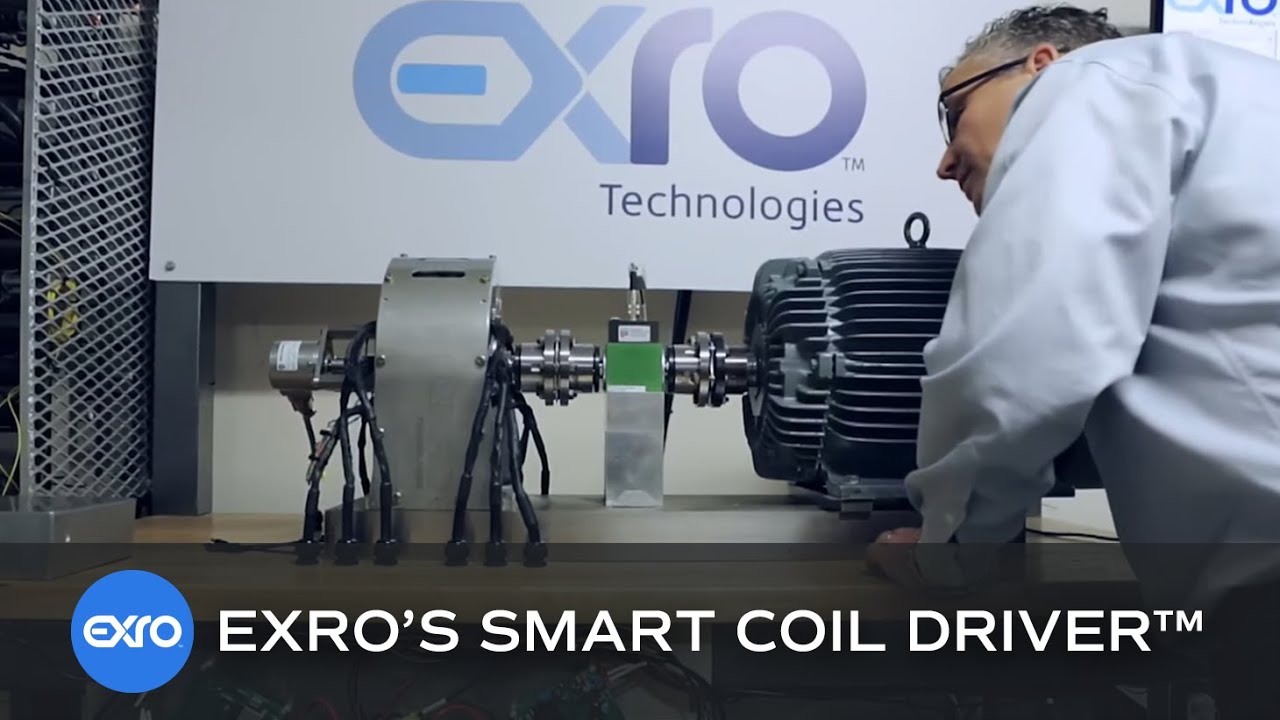Table of Contents
Coil switching technology represents a pivotal advancement in the field of electrical engineering, offering substantial benefits in efficiency, control, and reliability across various applications. This article explores the principles, applications, and advantages of coil switching techno highlighting its impact on modern electrical systems. It concludes with a reflection on the future potential of this techno and its role in shaping the energy landscape.
Understanding Coil Switching Technology

Coil switching technology involves the controlled switching of electrical coils within circuits, enabling precise manipulation of electrical currents, voltages, and magnetic fields. This technologies is utilized in a wide range of devices and systems where rapid and reliable switching is crucial for performance optimization and operational efficiency.
- Principles of Operation: At its core, coil switching relies on electromagnetic principles where coils of wire wound around a core (such as iron) generate magnetic fields when current flows through them. By selectively switching the current on or off, or by varying the voltage applied, the magnetic field strength and direction can be controlled. This control is essential in applications ranging from electric motors and transformers to relays and solenoids.
- Applications in Electrical Systems: Coil switching technologies finds extensive use in various electrical systems:
- Electric Motors: In electric motors, coil switching controls the sequence and timing of current flow through different motor windings, enabling efficient rotation and torque generation. This technologies improves motor performance, reduces energy consumption, and enhances overall reliability.
- Transformers: Transformers use coil switching to step up or step down voltages for transmission and distribution of electrical power. By switching coils, transformers can adapt to different voltage levels required by various electrical devices and systems, ensuring efficient power delivery.
- Relays and Solenoids: Relays and solenoids utilize coil switching to control the activation of mechanical switches or valves in response to electrical signals. This technology is essential for automation, remote control, and safety systems in industries ranging from automotive to manufacturing.
- Power Electronics: In power electronics applications, such as inverters and converters, coil switching technology enables efficient conversion of electrical energy between different forms (e.g., AC to DC or DC to AC). Precise control of coil switching enhances energy efficiency and minimizes losses in these critical components.
- Advantages of Coil Switching Technology: The adoption of coil switching technology offers several advantages:
- Enhanced Efficiency: By optimizing the control of electrical currents and magnetic fields, coil switching technology improves energy efficiency in electrical systems, reducing power losses and operational costs.
- Greater Control and Flexibility: Coil switching provides precise control over voltage levels, current flow, and magnetic field strength, enabling tailored performance characteristics for specific applications.
- Reliability and Durability: Switching coils effectively manages electrical stresses, prolonging the lifespan of components such as motors, transformers, and relays. This results in increased reliability and reduced maintenance requirements.
- Compact Design: Advanced coil switching technologies allow for the design of more compact and lightweight electrical components without compromising performance, facilitating space-saving solutions in various applications.
Innovations and Trends in Coil Switching Technology

- Solid-State Switching Devices: Solid-state relays and switches offer fast switching speeds, low power consumption, and high reliability compared to traditional electromechanical switches.
- Digital Control and Automation: Integration of coil switching with digital control systems, such as programmable logic controllers (PLCs) and microcontrollers, enables advanced automation and remote monitoring capabilities. This trend supports Industry 4.0 initiatives and smart grid applications.
- Energy Harvesting and Storage: Coil switching technology plays a crucial role in energy harvesting systems, where it facilitates efficient transfer and storage of renewable energy sources like solar and wind power. Improved coil switching techniques contribute to maximizing energy yield and grid stability.
- Miniaturization and Integration: Advancements in miniaturization techniques enable the integration of coil switching technology into compact electronic devices, wearable technology, and IoT (Internet of Things) applications. These developments broaden the scope of coil switching beyond traditional industrial settings.
Conclusion:
Coil switching technology continues to evolve as a cornerstone of modern electrical systems, offering substantial benefits in efficiency, reliability, and control. As industries increasingly prioritize energy efficiency and sustainability, the role of coil switching in optimizing electrical performance becomes more critical than ever.
Looking ahead, future advancements in coil switching technology are expected to focus on:
- Enhanced Integration with Renewable Energy Systems: Integrating coil switching technology with renewable energy sources to optimize energy harvesting, storage, and distribution.
- Advancements in Digital Control and Automation: Further enhancing the integration of coil switching with digital control systems to support smart grid initiatives and enhance operational efficiencies.
- Development of Sustainable and High-Performance Materials: Research and development efforts aimed at improving the efficiency and durability of coil switching components using sustainable materials and manufacturing processes.
In conclusion, coil switching technology stands poised to play a pivotal role in shaping the future of electrical engineering and energy management. Its ability to enhance efficiency, reliability, and control in diverse applications positions it as a key enabler of technological innovation and sustainability efforts globally. By continuing to innovate and adapt to evolving industry needs, coil switching technology will continue to drive progress towards a more efficient and interconnected world.
For More Information Please Visit These Websites Mindmeister And Arturia